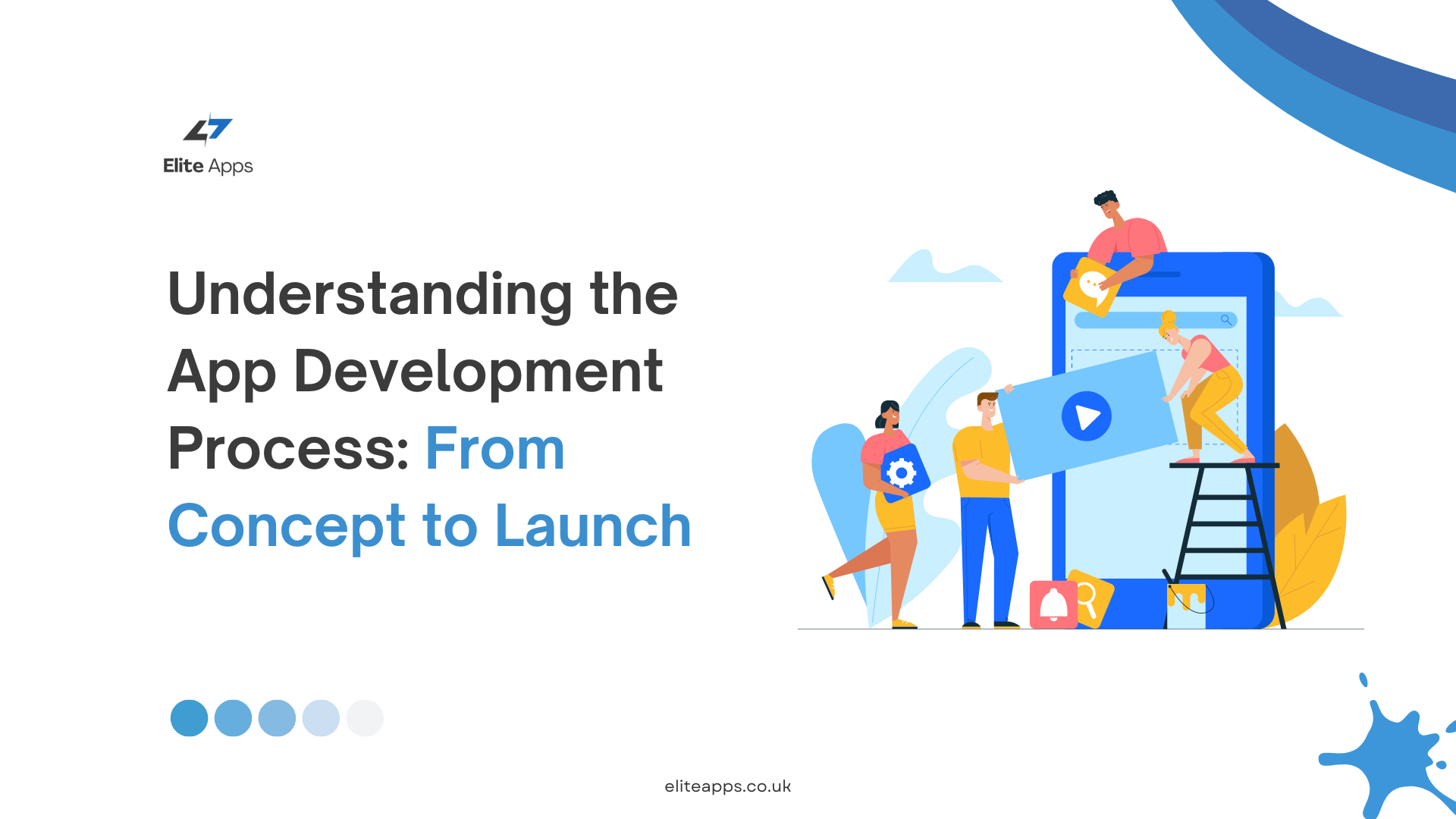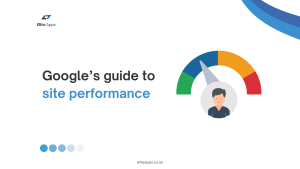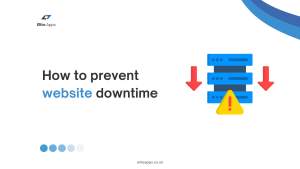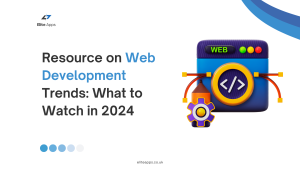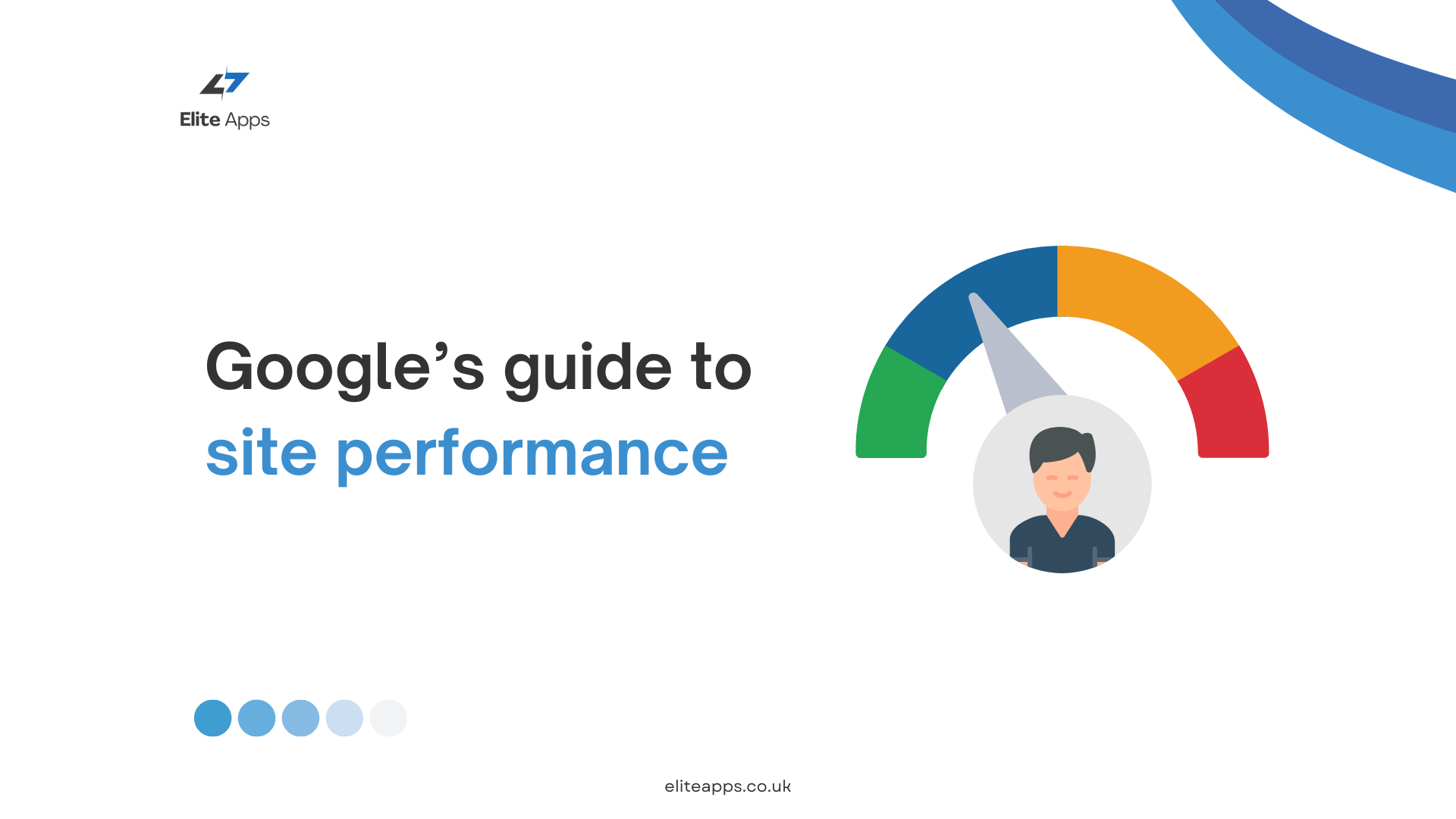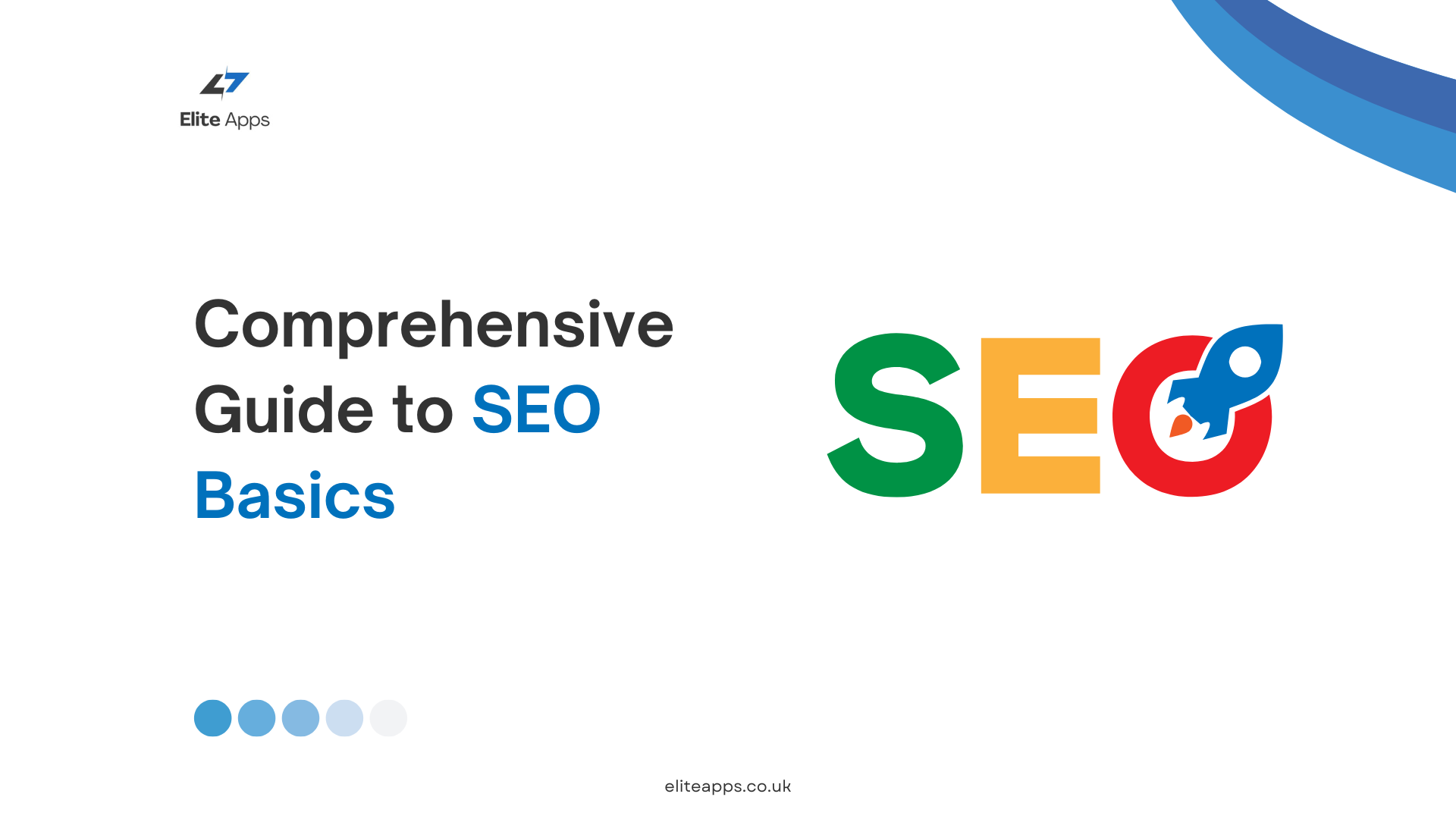Understanding the App Development Process: From Concept to Launch
The rise of mobile apps has transformed how businesses interact with customers, making apps a key component of modern digital strategies. Whether you’re a startup looking to build your first app or a well-established brand, understanding the app development process is crucial to creating a successful product. From the initial concept to the final launch, every step requires careful planning, technical expertise, and collaboration.
In this blog, we’ll take a deep dive into the app development process, breaking it down into six key stages that will guide you from concept to launch.
1. Concept and Ideation
The first step in developing a mobile app is coming up with a clear concept. What problem does your app aim to solve? Who is your target audience? This stage is all about defining the purpose of your app and laying the groundwork for the development process.
Key steps during this phase include:
- Market research: Analyze your competitors, identify gaps in the market, and determine what features will make your app stand out.
- Define objectives: Clearly outline the goals you want to achieve with your app, whether it’s increasing customer engagement, driving sales, or providing a unique service.
- Identify target users: Understand who your app is for, including demographics, preferences, and behavior patterns.
Having a strong foundation at this stage helps ensure that your app is built with a clear vision in mind.
2. Wireframing and Prototyping
Once you have a clear concept, the next step is to create a wireframe—a visual blueprint of the app’s layout. Wireframes give a rough outline of the app’s structure, allowing you to map out the user journey, key features, and interactions.
At this stage, you’ll also create a prototype. A prototype is an early version of the app that simulates how it will work. This allows you to test basic functionality, gather feedback from stakeholders, and make adjustments before actual development begins.
Key considerations in this phase include:
- UI/UX Design: Focus on user interface (UI) and user experience (UX) design to ensure the app is intuitive, visually appealing, and easy to navigate.
- Feedback loop: Engage key stakeholders or potential users in the prototyping stage to get insights that can shape the final product.
3. App Design
Once the wireframes and prototype are approved, the design team works on creating the final look and feel of the app. This stage focuses on translating the app’s functionality into an aesthetically pleasing and user-friendly interface.
UI design plays a significant role in determining how users interact with your app. Every button, menu, and screen needs to be designed with both the end user and the platform (iOS, Android, etc.) in mind. A clean, well-organized design can enhance the user experience and make the app more intuitive.
4. App Development
The development phase is where the actual coding happens. Based on the prototype and final design, developers start building the app’s functionality. This process usually consists of two parts:
- Frontend development: This is the part of the app that users interact with. Frontend developers focus on creating a responsive, visually appealing interface that matches the design mockups.
- Backend development: The backend is the “behind-the-scenes” part of the app, which handles data processing, storage, and server-side logic. The backend ensures that all app functionalities run smoothly and securely.
Developers will typically work in stages called sprints (if following Agile methodology), which allows for continuous progress and feedback throughout the development cycle. At this point, it’s crucial to maintain close collaboration between developers, designers, and stakeholders to ensure alignment on the app’s functionality.
5. Testing and Quality Assurance
Before your app goes live, it’s vital to test it thoroughly to identify any bugs or glitches that could affect the user experience. Testing and quality assurance (QA) ensure that the app performs optimally across different devices, screen sizes, and operating systems.
Key types of testing include:
- Functional testing: Ensures that the app works as intended and that all features are fully functional.
- Usability testing: Focuses on how easy and intuitive the app is for users to navigate.
- Performance testing: Examines the app’s performance under various conditions, including high user loads or limited network connectivity.
- Security testing: Ensures the app meets necessary security protocols and protects sensitive data from breaches.
It’s important to test the app extensively before launch to minimize post-launch issues that could frustrate users or damage your brand’s reputation.
6. App Launch and Deployment
Once your app has passed all testing phases and is ready for users, it’s time for the app launch. Depending on your app’s target platform, you’ll need to submit it to either the Apple App Store (for iOS) or Google Play (for Android).
Each app store has specific guidelines and approval processes. It’s essential to follow these requirements carefully to avoid delays in publishing your app. During this phase, you should also focus on app store optimization (ASO) to improve your app’s visibility and ranking in the app stores. This includes crafting a compelling app description, choosing relevant keywords, and using high-quality screenshots.
Post-Launch: Support and Maintenance
The app development process doesn’t end once the app is live. Ongoing support and maintenance are essential to ensure that the app continues to function smoothly and stays up-to-date with evolving user needs and platform updates. This includes:
- Fixing bugs or technical issues that arise after launch.
- Releasing updates and new features based on user feedback.
- Monitoring app performance and user engagement through analytics.
Conclusion
Building a successful mobile app requires careful planning, design, development, and testing. By understanding the key stages of the app development process, from concept to launch, you’ll be better equipped to manage the project effectively and deliver a high-quality product that meets both business objectives and user expectations.
Whether you’re developing your first app or refining an existing product, working with a skilled team and following a structured process is the key to success.
For more in-depth insights into the early stages of app development, check out our guide on wireframing and prototypes to build a solid foundation for your app project.

